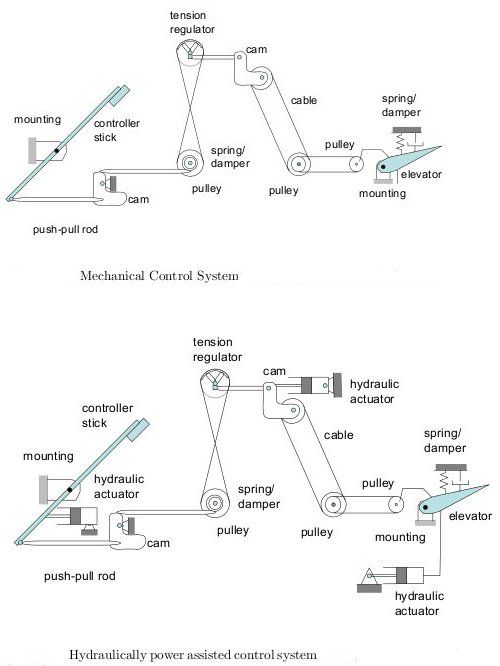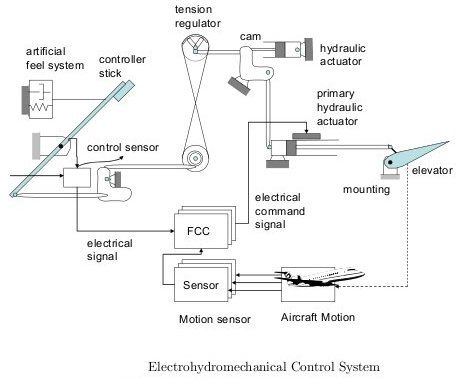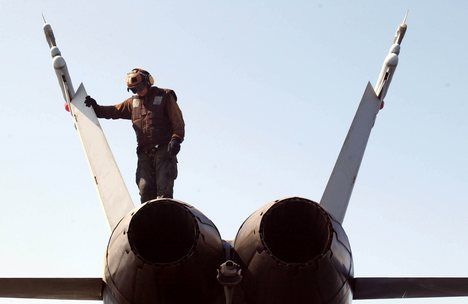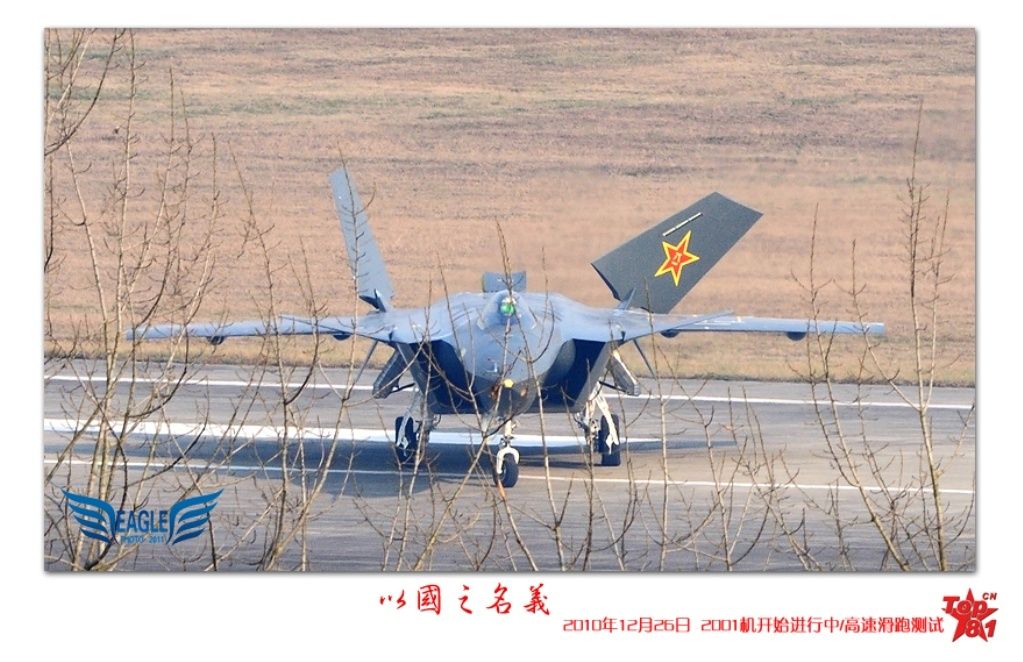How to install the app on iOS
Follow along with the video below to see how to install our site as a web app on your home screen.
Note: This feature may not be available in some browsers.
You are using an out of date browser. It may not display this or other websites correctly.
You should upgrade or use an alternative browser.
You should upgrade or use an alternative browser.
The J-20 SUCCESSFULLY conducts first flight!!
- Thread starter cross1993
- Start date
S.U.R.B.
PDF THINK TANK: ANALYST

- Joined
- Jan 31, 2010
- Messages
- 2,741
- Reaction score
- 10
- Country
- Location
^^^^ He's crying isn't he??......emotions overflowing in the form of tear.
 (the looks on the face of others watching him also gives that impression.)
(the looks on the face of others watching him also gives that impression.)So was he the test pilot of J-20??
But the aircraft nearby is J-10 which was also in factory color.Could be the one who escorted the J-20.
Last edited:
Mani2020
SENIOR MEMBER

- Joined
- Jul 19, 2009
- Messages
- 4,306
- Reaction score
- 1
- Country
- Location
Look at the canopy of T-50 vs the canopy of J-20 and F-22,
J-20 and F-22 have single piece bubble canopy while that of T-50 is conventional one like the most 4th generation aircraft had.This shows the ability of China to make something which russia still wouldnot managed (or atleast fail to operationalize )
Single piece Bubble canopy was only operationalized by USA origin aircrafts like f-16 and F-22 but good to see now Chinese incorporating things which were only possessed by USA
doctor_who
FULL MEMBER

- Joined
- Sep 14, 2010
- Messages
- 175
- Reaction score
- 0
where the hell is weapon bay ????
i spent half an hour on net to see it in detail but nothing there.
is it half cooked or they have found something totally unique ?
i spent half an hour on net to see it in detail but nothing there.
is it half cooked or they have found something totally unique ?
Mani2020
SENIOR MEMBER

- Joined
- Jul 19, 2009
- Messages
- 4,306
- Reaction score
- 1
- Country
- Location
i bet gamboy is holding his purple pump and its 5-yr gurtantee at a counter of BestBuy at the moment, asking for refund!
I think he is on vacations from the forum and waiting for the time when the news of J-20 will cool down then he might return back to forum
500
BANNED

- Joined
- Aug 18, 2010
- Messages
- 16,675
- Reaction score
- 38
- Country
- Location
Yeah on this pic PAKFA looks 4 gen compare to F-22 and J-20. But this is a prototype still, will be changes.Look at the canopy of T-50 vs the canopy of J-20 and F-22,
J-20 and F-22 have single piece bubble canopy while that of T-50 is conventional one like the most 4th generation aircraft had.This shows the ability of China to make something which russia still wouldnot managed (or atleast fail to operationalize )
Single piece Bubble canopy was only operationalized by USA origin aircrafts like f-16 and F-22 but good to see now Chinese incorporating things which were only possessed by USA
500
BANNED

- Joined
- Aug 18, 2010
- Messages
- 16,675
- Reaction score
- 38
- Country
- Location
If you look carefuly you can see stripes where could be weapon bays:where the hell is weapon bay ????
i spent half an hour on net to see it in detail but nothing there.
is it half cooked or they have found something totally unique ?

But nether J-20 nor PAK FA have weapon bays now. These are empty hulls for aerodynamic testing.
marcos98
FULL MEMBER

- Joined
- Jun 17, 2009
- Messages
- 1,429
- Reaction score
- 0
where the hell is weapon bay ????
i spent half an hour on net to see it in detail but nothing there.
is it half cooked or they have found something totally unique ?


Mani2020
SENIOR MEMBER

- Joined
- Jul 19, 2009
- Messages
- 4,306
- Reaction score
- 1
- Country
- Location
Yeah on this pic PAKFA looks 4 gen compare to F-22 and J-20. But this is a prototype still, will be changes.
Also look at the IRST position on T-50 as compared to J-20 and F-22 , T-50 looks more like a modified version of su-27 specially when you see at the air-intakes ,canopy and various other things,obviously the airframe has more oval shape when compared to su-27 .I think T-50 is in more RAW form when compared to J-20 as lot of systems on T-50 needs to be changed so it wouldnot be surprising for me if j-20 enters service much before than T-50
HongWu
BANNED

- Joined
- Nov 25, 2009
- Messages
- 2,604
- Reaction score
- 0
- Country
- Location
你知道我看阿三那个嘴巴真的受不了了,真的想把他们狠狠的骂一顿,至少出出气吗。呵呵。阁下的计划是很好,就是不该提前通知人家,有些事只能做不能说,什么都摆在明处就不和谐了,印度暗地里都支持达赖几十年了,人家还不是整天高喊“反对任何人在印度从事反华行为”。。。。
GUNS-N- ROSES
FULL MEMBER

- Joined
- Nov 23, 2010
- Messages
- 1,604
- Reaction score
- 0
congratulations to china. i dint really think it would come so early. but its good to hear someone break american monopoly.
gambit
PROFESSIONAL

- Joined
- Apr 28, 2009
- Messages
- 28,575
- Reaction score
- 148
- Country
- Location
Am going to give you and your boys a primer on flight controls systems that you will not learn on the Chinese BBS. Note the highlighted letters...@gambit
I'm not sure if J-20 still keeps a michanical flight control system, but what if it does, then the pilots can still turn off its FBW (although the possibility is extreemly low). the reason i said the possibility is extreemly low is because we got much better and "bugs free" control systems now, so don't compare A300's decades-old FBW with our lattest systems. We used exactly the same testing tools that is being used by NASA and Lockheed Martin. In this regard, we have a much better kick off compare to that of the F-22s' in the 1990s.
as to the "law", what if i told you that there is no or little "law" in X-36's FBW system at the beginning, and they are keep changing, by the plane itself, as it flights more hours. would you still consider law is a appropriate word.
 ...By the time the lesson is done, you will be forced to exercise critical thinking skills, as this knowledge you cannot erase, every time you read some claims about the J-20 from anywhere.
...By the time the lesson is done, you will be forced to exercise critical thinking skills, as this knowledge you cannot erase, every time you read some claims about the J-20 from anywhere.Here we go...

There are two basic mechanical flight controls system (FLCS), the all mechanical and the hydraulically assisted. The above diagrams are not representative of all FLCS. Not all have pulleys, some have only push-pull rods, some have both. The diagrams are meant to show you these items that may or may not exist in any aircraft. The hydraulics are for 'heavy' aircrafts, like airliners, and high performance small aircrafts, like jet fighters. The hydraulics are usually 3000 lbs psi, or whatever metric you feel comfortable to convert. Suffice to say that it must be that high to move a flight control surface weighing a couple hundreds kilos.
Are there any flight controls laws here? Yes there are. Those mechanical connections are the laws. The pilot pulled back on the stick, the mechanical connections transmit that to the elevator. That is the law. We can change the law by configuring those mechanical connections so that if the pilot pull back on the stick 10 cm, the elevator will move 20 cm, or 30 cm, or even a meter. Or only 5 cm. The hydraulics are just to assist or to make it easier to move heavy surfaces. A poorly calibrated hydraulics system can affect these laws but I will keep this simple for now.
The pilot himself by virtue of his training and experience has his own set of flight controls laws. We call that 'knowledge' or 'seat of the pants' flying or 'feel' or 'aerobatics'. He is usually unconscious of these laws but just know they are there. For example...On take-off, he will pull back on the stick 20 cm. Later in flight where there are higher air speed over the elevator, if he wants to pull nose up, he knows it is safe to pull only 10 cm. He knows that too much elevator deflection with so much air speed moving across that surface could send him out of control. That is the law created from training and experience.

A step-up from the mechanical-hydraulics FLCS is the augmented or stability-augmentation system. There are pitch, roll, and yaw stab-aug systems for all three flight axes. We have a flight controls computer (FCC) and the section labeled 'Sensor' contains: gyroscopes, accelerometers, and air data (air speed and altitude) information. The actual physical locations of the gyros and the accelerometers are for a different discussion. This is a closed loop operation. The pilot input a command, such as pitch, meaning pulling/pushing on the control stick. At this moment, there is zero movement or rotation in the pitch (nose up/down) axis. The command is transmitted via those mechanical connections and actuate the elevator, nose up or down. As the aircraft respond, nose up/down, gyroscopes and accelerometers give feedbacks to the FCC, who then moderate the elevator's movement.
Now we have another set of flight controls laws inside the FCC. The FCC's job is to allow the pilot to pull back 10 cm on the stick at any time and it will move the elevator 5 cm, or 10 cm, or 20 cm, or even one meter. The FCC will use the information from the gyroscopes, acceleremters, and air data to calculate elevator deflection degrees. Can the pilot turn off the FCC's stability augmentation capability? Yes...But then the pilot would have nothing other than hydraulics to assist him. He would have to resort back to his own flight controls laws to maintain flight. For combat aircraft, losing the FLCS computer can be through battle damage. Just as we trained the pilot where every pilot knows the basic sets of flight controls laws, we now have to code or program a machine with complex flight controls laws to assist the pilot. The more sophisticated these automation flight controls laws are, the less work for the pilot to maintain flight so he can focus on other things, like bombing the godless pinko commies to hell where they belong...


Finally...We come to the pure fly-by-wire FLCS. There are no mechanical flight controls laws in the system, as in there are no push-pull rods or pulleys. There are the flight controls laws inside the pilot's head and there are the flight controls laws inside the FLCS computer. If battle damage render the FLCS computer inoperable, the pilot have to leave the aircraft. He has no way to use his own flight controls laws.
China does not know the codes for American 'stealth' fighter's FLCS so there is no way for you to assert that China is superior to US in this respect. But it is reasonable to assume who is probably the superior based upon experience. So who has the more experience in fly-by-wire technology? You think it is impossible for China to write faulty codes? What a child-like faith. You believe in Santa Claus as well? The world's most experienced fly-by-wire technologists, the US and Europe, made mistakes but never will China.
conworldus
FULL MEMBER

- Joined
- Aug 20, 2009
- Messages
- 1,971
- Reaction score
- 0
Yeah on this pic PAKFA looks 4 gen compare to F-22 and J-20. But this is a prototype still, will be changes.
I bet the Ruskies are making frenetic changes to their T-50 right now after seeing the J-20. I don't think they want to be behind China in fighter development. T-50 is definitely far far from being a 5th gen fighter. Almost nothing visible right now is ready: the canopy is NOT ready, the airframe is not ready, the engines are not ready...
The T-50 is a modified Su27 and the J-20 is designed from ground up.
topjumper
FULL MEMBER

- Joined
- Feb 18, 2010
- Messages
- 383
- Reaction score
- 0
Correct. But it is applicable to canted vertical stabilators to look like this...

The vertical stab is NOT the rudder. The vertical stab assembly contains the rudder, which are the movable slabs as seen above. Both rudders must deflect inward and they must be to the SAME degree, else there most likely be an adverse yaw condition. Remember, the v-stabs are off centerline, so there should be the same amount of aerodynamic down force on both. For both v-stabs, the greater from 90deg, the greater the aerodynamic assistance the v-stabs can be to the all-moving horizontal stabs in take-offs and landings. Once the nose and main landing gears have weight-on-wheels (WoW), it is a combination of gear brakes and aerodynamic drag to slow down the aircraft but the requirement that there should be equal aerodynamic force on both v-stabs is still the same. We do not want asymmetric forces for fear of adverse yaw.
So when we see this condition...

It is reasonable to question as to the justification as to why would anyone want to have asymmetric v-stab deflections. When the nose gear is turned as we see above, that mean the aircraft's ground speed is too slow for aerodynamic forces to be of any use. The right v-stab's deflection seems to be reasonable but what could cause or be the reason as to why should the left v-stab to deflect as great as it is.
Yes, having symmetrical rudder displacement during flight makes sense because it increases the downward moment through air flow at the rear of the jet, so it helps the jet to raise its head for climbs or up turns etc.
But it also makes sense to have asymmetrical rudder displacement to on the ground to aid speedy/tight horizontal turns, think of it like this:

Suppose the jet is trying to perform a tight left turn on the ground, it uses its engine to produce a forward thrust, if we pin our cartesian coordinates on the its airframe, the effects of the forward thrust is the same as having air flow relatively backwards on its frame, if we deflect the left rudder to a near perpendicular position to the incoming airflow while having the right rudder fixed tangential to the streamline, the it would generate a positive (counter-clockwise) moment on the aircraft frame, this essentially enhances the aircraft's ability to perform tight horizontal turns on a given level surface, at least it makes sense to me and I still do not think it is an un-intentional software glitch

Last edited:
Similar threads
- Replies
- 1
- Views
- 478
- Replies
- 0
- Views
- 328
- Replies
- 1
- Views
- 468
- Replies
- 0
- Views
- 312




